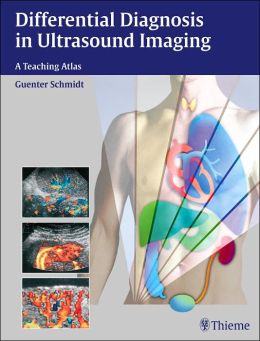-69%
Fascia: A Revolutionary Perspective in Musculoskeletal Therapy
Prepare to delve into the fascinating realm of fascia, a tissue network that has captivated the medical community with its profound influence on musculoskeletal health. Fascia envelops and connects every organ, muscle, and nerve in a continuous web of tension. Once dismissed as an insignificant afterthought, it has now ascended to prominence as a beacon of hope in medical research.
The term ‘fascia,’ as redefined at the inaugural Fascia Research Congress, encompasses the soft tissue component of our connective tissue system. This broad definition embraces not only dense, planar tissues like septa, joint capsules, and aponeuroses, but also the denser areas that form ligaments and tendons. Furthermore, it includes softer collagenous tissues such as the superficial fascia and the delicate endomysium layer that envelops individual muscle fibers.
While this new terminology may not be universally welcomed, it provides a wealth of advantages for researchers and practitioners alike. Instead of relying on arbitrary distinctions between joint capsules and their closely intertwined ligaments and tendons, fascia is now recognized as an integrated tensional network. This network adjusts its fiber arrangement and density to meet the specific demands of local tension.
This terminology resonates with the Latin origin of ‘fascia’ (bundle, bandage, strap, unification), aligning with the colloquial understanding of “connective tissue.” It differentiates this term from its more narrow medical and biological usage, which includes cartilage, bone, and even blood as connective tissues.
The recognition of fascia as a continuous tensional network has opened up new avenues for understanding and treating musculoskeletal conditions. By harnessing the fascia’s adaptability, therapists have developed innovative therapies that promote tissue resilience and alleviate chronic pain.
Moreover, the interconnected nature of fascia emphasizes the importance of considering the body as a holistic entity. Musculoskeletal imbalances in one area can ripple through the fascial network, potentially affecting distant regions. This understanding necessitates a comprehensive approach to therapy, addressing both local and systemic imbalances.
The exploration of fascia is an ongoing journey, with new discoveries constantly enriching our knowledge. Researchers are unraveling the intricacies of this remarkable tissue, shedding light on its role in everything from shock absorption to fluid dynamics. As we delve deeper into the world of fascia, we unlock a wealth of opportunities for transforming musculoskeletal health and well-being.
maybe you like these too:
- Ortho Notes Clinical Examination Pocket Guide, 3rd Edition (Davis’s Notes)
- Kinematic MRI of the Joints: Functional Anatomy, Kinesiology, and Clinical Applications
- Fascial Manipulation ® for Internal Dysfunctions – Practical Part (Original PDF from Publisher)
- Joint Preserving Surgery of Ankle Osteoarthritis, an Issue of Foot and Ankle Clinics, 1e (The Clinics: Orthopedics)










Reviews
Clear filtersThere are no reviews yet.